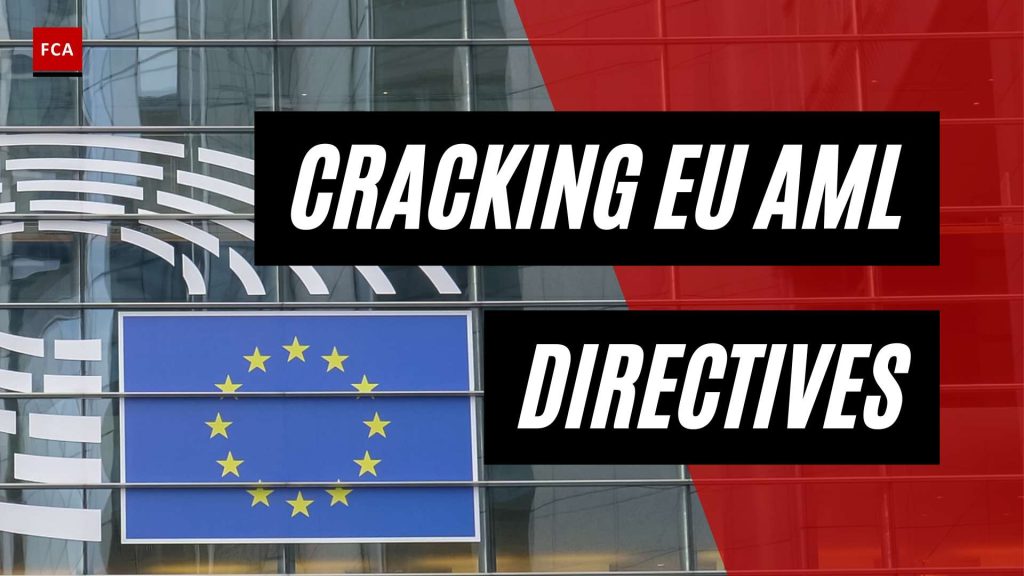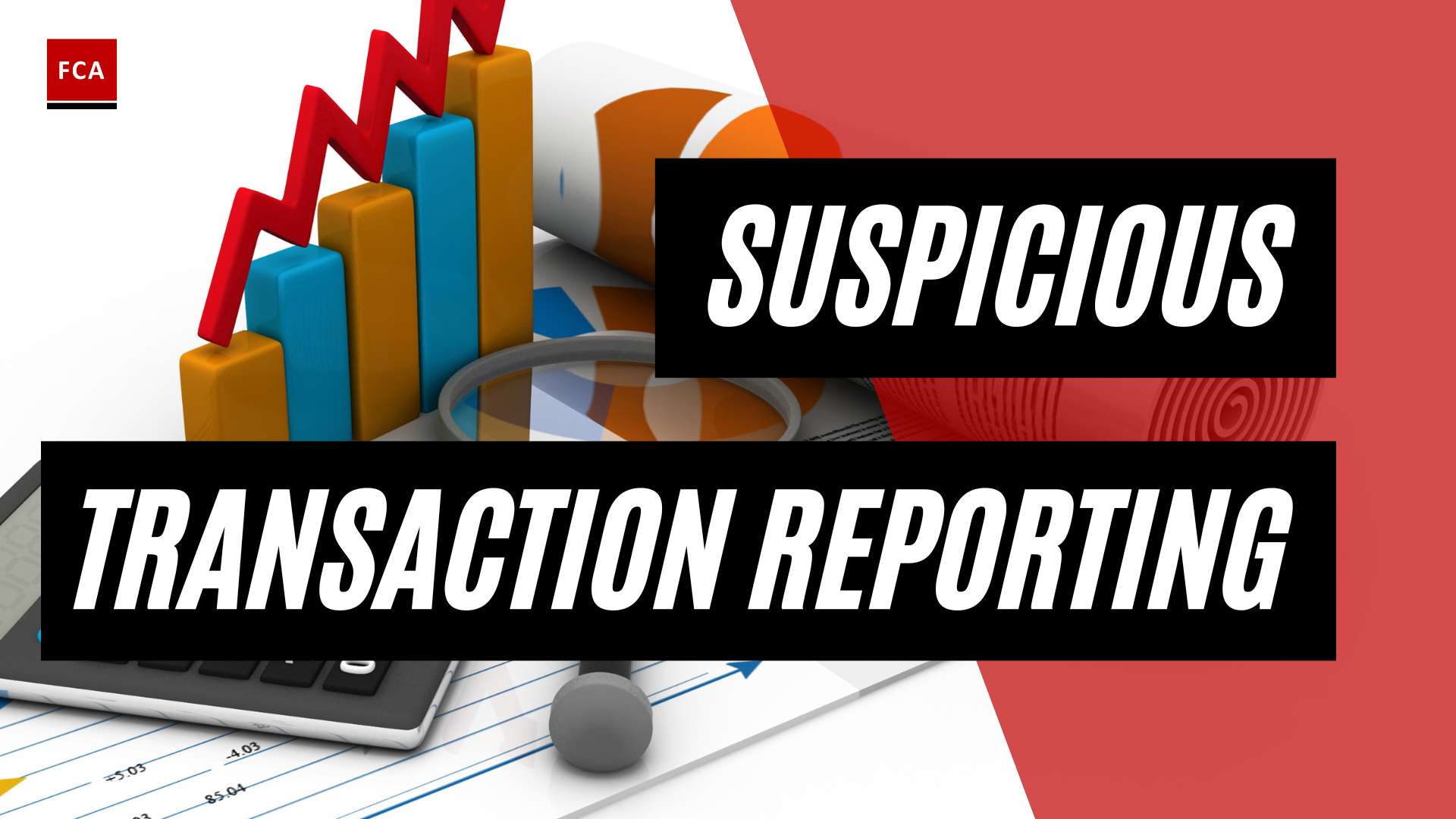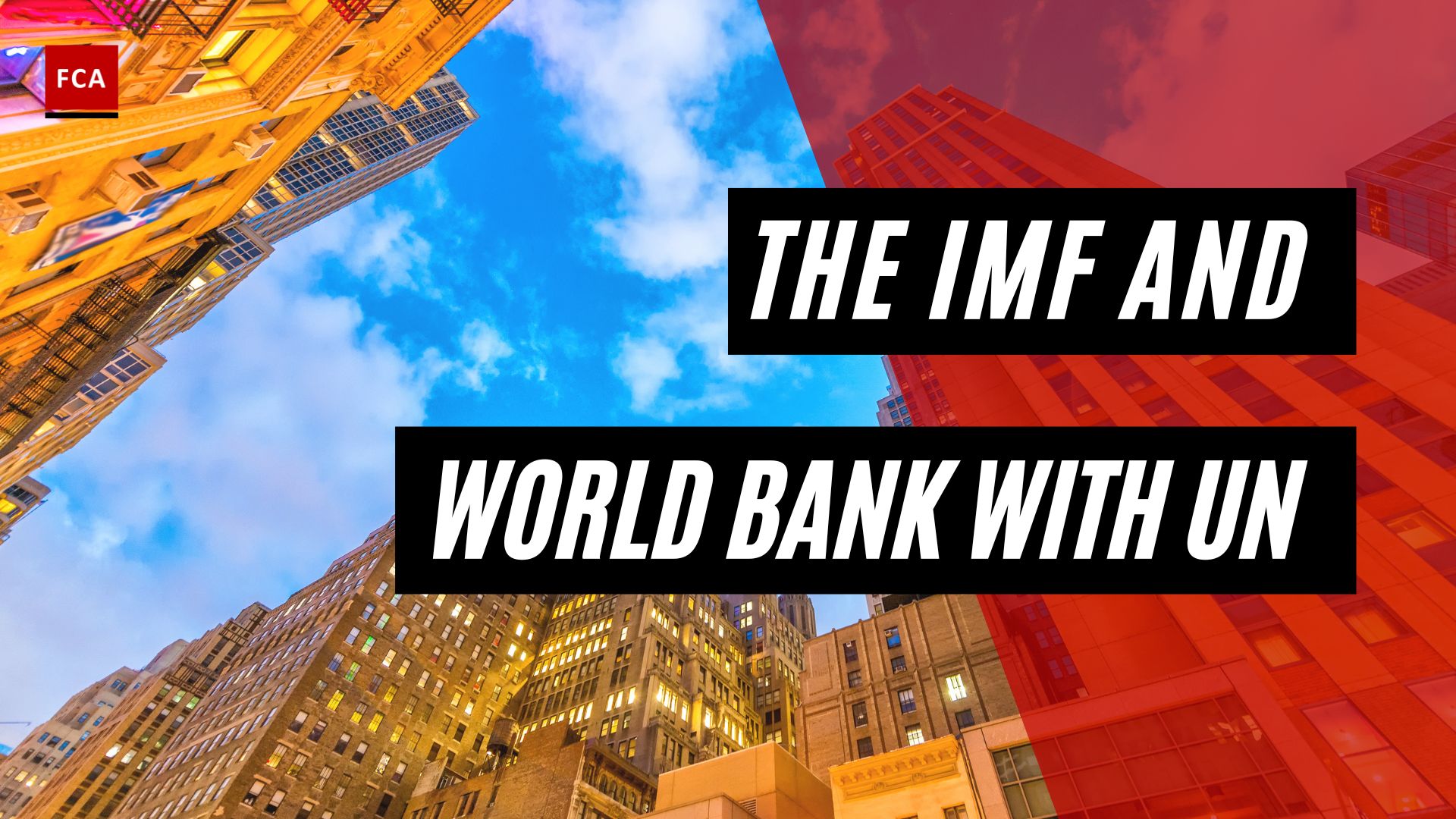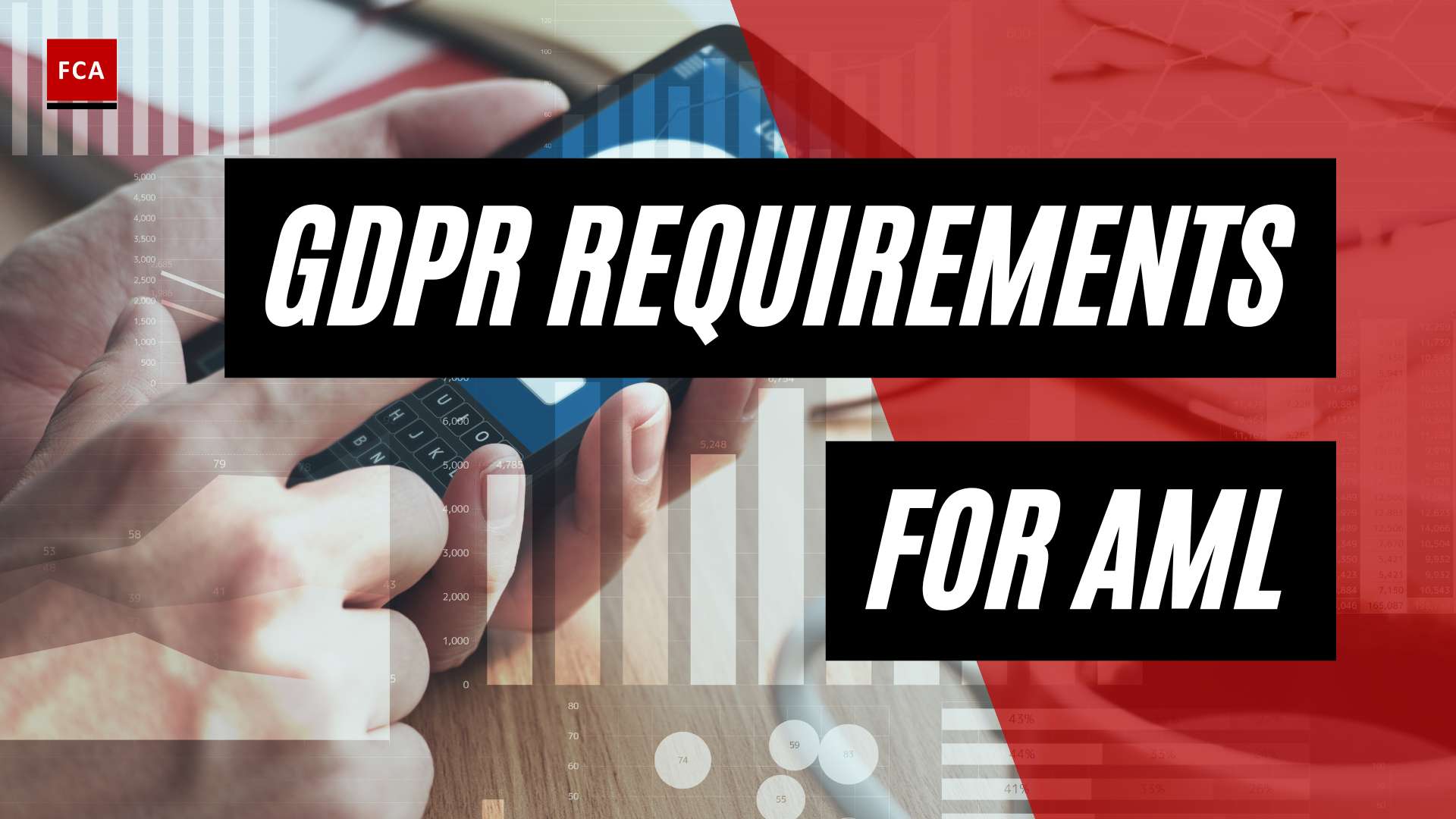European Union AML Directives: An Overview
To combat the risks associated with money laundering and terrorist financing, the European Union (EU) has established a comprehensive framework of Anti-Money Laundering (AML) Directives. These directives play a vital role in creating a robust AML compliance framework within the EU. Let’s explore the introduction and evolution of these directives.
Introduction to AML Directives
The first Anti-Money Laundering Directive (1AMLD) was passed in 1990 by the European Union. Its primary objective was to prevent the misuse of the financial system for money laundering. The directive mandated obliged entities, such as banks, to conduct customer due diligence, monitor transactions, and report suspicious activities. This marked the EU’s early efforts to combat money laundering and terrorist financing through legislative measures (European Commission).
Evolution of AML Directives in the EU
The EU has continuously revised its AML legislation to address the evolving risks associated with money laundering and terrorist financing. Subsequent directives, including the Second Anti-Money Laundering Directive (2AMLD), Third Anti-Money Laundering Directive (3AMLD), Fourth Anti-Money Laundering Directive (4AMLD), and Fifth Anti-Money Laundering Directive (5AMLD), have expanded the regulatory scope and imposed additional obligations on regulated entities to combat financial crime.
The latest addition to the AML framework is the Sixth Anti-Money Laundering Directive (6AMLD), which came into effect on 3 December 2020. Regulated entities were required to implement the directive by 3 June 2021. This directive aims to further strengthen the EU’s anti-money laundering rules and places higher responsibility on regulated entities to combat financial crime. It introduces harmonized definitions of predicate offences, expands the regulatory scope, extends criminal liability to legal persons, and imposes tougher punishments for money laundering crimes. Additionally, it emphasizes the need for Member States’ cooperation in criminalizing certain offences (LSEG).
The continuous evolution of EU AML directives demonstrates the EU’s commitment to combating money laundering and terrorist financing. It highlights their efforts to address emerging risks and strengthen the regulatory framework to mitigate new challenges. The EU also plays an essential role in conducting annual supranational risk assessments and publishing reports to identify and address money laundering and terrorist financing risks within the EU. This collaborative process aids Member States, European Supervisory Authorities, and obliged entities in understanding and effectively mitigating these risks (European Commission).
The subsequent sections will delve into the specific details of each key AML directive within the EU framework, along with the enhancements introduced in the latest directives, and the compliance and implications for professionals working in compliance, risk management, anti-money laundering, and anti-financial crime roles.
Key European Union AML Directives
The European Union has implemented several Anti-Money Laundering (AML) directives to combat money laundering and terrorist financing within its member states. These directives outline the regulatory framework and obligations for financial institutions and designated non-financial business and professions. Let’s take a closer look at the key EU AML directives:
The First Anti-Money Laundering Directive (1AMLD)
The first AML directive, 1AMLD, was issued in 1991, predating the transformation of the original ‘European Community’ into the EU in 1993. It aimed to criminalize money laundering and placed specific AML obligations on banks as ‘obligated entities’.
The Second Anti-Money Laundering Directive (2AMLD)
The EU authorities agreed upon the Second Anti-Money Laundering Directive (2AMLD) in December 2001 to address the gaps identified in the first directive over the previous decade. It expanded the scope of obligated entities beyond banks to include non-bank financial institutions, such as Money Service Bureaus, and designated non-financial business and professions.
The Third Anti-Money Laundering Directive (3AMLD)
The Third Anti-Money Laundering Directive (3AMLD), which came into effect in 2005, introduced the risk-based approach (RBA) to AML compliance. It mandated obligated entities to report suspicious transactions, established penalties for AML breaches, and introduced challenging AML measures like Simplified and Enhanced Due Diligence.
The Fourth Anti-Money Laundering Directive (4AMLD)
Approved in 2015, the Fourth Anti-Money Laundering Directive (4AMLD) emphasized transparency in tackling issues like corruption, tax evasion, and bribery. It required the listing of individuals owning 25% or more of a legal entity in national registries to enhance transparency. Additionally, it expanded the definition of Politically Exposed Persons (PEPs) to include foreign nationals and domestically affiliated individuals with political ties.
The Fifth Anti-Money Laundering Directive (5AMLD)
The European Union’s Fifth Anti-Money Laundering Directive (5AMLD), adopted in 2018, further enhanced transparency and addressed weaknesses in the AML framework. It expanded the scope of obligated entities and provided greater access to beneficial ownership information to improve detection and prevention of money laundering activities (Core.ac.uk).
The Sixth Anti-Money Laundering Directive (6AMLD)
The most recent EU AML directive is the Sixth Anti-Money Laundering Directive (6AMLD), which replaces 5AMLD and 4AMLD. It was implemented on June 3, 2021. 6AMLD provides clarification on emerging money laundering threats and defines the regulatory requirements introduced in 5AMLD in greater detail. It focuses on harmonization, additional offenses, extension of criminal liability to legal persons, and tougher punishments.
These key EU AML directives form the foundation of the regulatory framework that governs AML compliance and obligations within the European Union. Professionals working in compliance, risk management, anti-money laundering, and anti-financial crime must stay updated with these directives to ensure effective implementation and mitigate risks.
Enhancements in the Latest EU AML Directives
The European Union (EU) has continuously evolved its anti-money laundering (AML) framework to address the changing landscape of financial crime. The latest EU AML directives, which include the Fifth Anti-Money Laundering Directive (5AMLD) and the Sixth Anti-Money Laundering Directive (6AMLD), introduce significant enhancements to combat money laundering and terrorist financing. Let’s explore these enhancements in more detail.
Expanding Regulatory Scope and Obligations
With the aim of strengthening the EU’s AML regime, the latest directives expand the regulatory scope and obligations for entities operating within the EU. The 5AMLD and 6AMLD require additional sectors to comply with AML regulations, such as virtual currency exchanges, custodian wallet providers, and art dealers. This expansion ensures that the AML framework encompasses a wider range of industries vulnerable to money laundering and terrorist financing risks.
Furthermore, the latest directives introduce enhanced due diligence measures for high-risk third countries, requiring regulated entities to apply increased scrutiny when conducting business with entities or individuals from these jurisdictions. By expanding the regulatory scope and obligations, the EU aims to create a more comprehensive and effective AML framework.
Harmonization of Crime Definitions and Sanctions
Harmonization of crime definitions and sanctions is another key enhancement in the latest EU AML directives. The directives aim to establish a common understanding of money laundering and terrorist financing offenses across EU member states. By aligning definitions, the directives facilitate cooperation and information sharing between authorities, making it easier to detect and prevent financial crime.
Moreover, the directives introduce more stringent sanctions for money laundering offenses. The 6AMLD, for example, stipulates a minimum sentence duration of four years imprisonment for money laundering crimes (IDENFY). This tougher approach to sanctions sends a clear message that money laundering will be met with significant legal consequences.
Strengthening Cooperation and Information Exchange
Cooperation and information exchange among EU member states play a crucial role in combating money laundering and terrorist financing. The latest directives emphasize the importance of cross-border collaboration and aim to strengthen cooperation mechanisms. This includes the obligation for member states to establish central registers of beneficial ownership information, enabling the sharing of information and enhancing transparency.
Additionally, the directives emphasize the need for enhanced cooperation between financial intelligence units (FIUs) across member states. FIUs serve as the central hub for receiving, analyzing, and disseminating suspicious transaction reports. Strengthening cooperation among FIUs facilitates the exchange of valuable intelligence and improves the effectiveness of AML efforts within the EU.
By expanding the regulatory scope, harmonizing crime definitions and sanctions, and promoting cooperation and information exchange, the latest EU AML directives enhance the EU’s ability to combat money laundering and terrorist financing. Regulated entities operating within the EU must stay vigilant and ensure effective implementation of the directives to mitigate risks and contribute to a more secure financial system.
For more information on EU AML directives and compliance requirements, refer to our articles on eu aml legislation, eu aml framework, and eu aml policy.
Compliance and Implications for Professionals
When it comes to European Union (EU) AML directives, professionals working in compliance, risk management, anti-money laundering (AML), and anti-financial crime play a crucial role in ensuring effective implementation and mitigating risks. Understanding the compliance requirements and implications is essential for regulated entities to meet their obligations and contribute to the overall fight against money laundering and terrorist financing.
AML Compliance for Regulated Entities
Regulated entities, such as banks, financial institutions, and designated non-financial businesses and professions (DNFBPs), are directly impacted by EU AML directives. These entities must adhere to the requirements set forth in the directives to prevent money laundering and terrorist financing activities. The implementation of AML compliance programs is crucial to ensure adherence to the regulatory framework.
Regulated entities are required to establish robust internal controls, policies, and procedures to detect, prevent, and report suspicious transactions. These controls include customer due diligence (CDD) measures, ongoing monitoring, risk assessment, and reporting obligations. Compliance professionals play a vital role in designing and implementing these measures and ensuring ongoing compliance with the EU AML directives.
Impact on Compliance, Risk Management, and Anti-Financial Crime Professionals
EU AML directives have a significant impact on professionals involved in compliance, risk management, and anti-financial crime. These directives provide a comprehensive framework that guides professionals in identifying and mitigating money laundering and terrorist financing risks.
Compliance professionals are responsible for interpreting and implementing the requirements outlined in the EU AML directives. They must ensure that regulated entities have appropriate policies and procedures in place to comply with the directives. This includes conducting risk assessments, developing internal controls, and providing ongoing training to employees.
Risk management professionals play a crucial role in identifying and assessing the risks associated with money laundering and terrorist financing. They work closely with compliance professionals to develop risk mitigation strategies and monitor the effectiveness of controls.
Anti-financial crime professionals, such as financial crime investigators and analysts, are instrumental in detecting and investigating suspicious activities. They utilize their expertise and knowledge of the EU AML directives to identify potential money laundering patterns, analyze transactions, and report suspicious activities to the relevant authorities.
Ensuring Effective Implementation and Mitigating Risks
Effective implementation of the EU AML directives requires close collaboration among compliance, risk management, and anti-financial crime professionals. It is essential to stay updated with the latest regulatory changes and guidance provided by the EU authorities.
Professionals should continuously assess their AML compliance programs to ensure they are aligned with the requirements of the EU AML directives. This includes conducting regular internal audits, testing the effectiveness of controls, and addressing any identified deficiencies promptly. Regular training and awareness programs should also be conducted to keep employees informed about their responsibilities and the evolving AML landscape.
Mitigating risks associated with money laundering and terrorist financing requires a proactive approach. Compliance professionals should actively monitor emerging trends, typologies, and regulatory developments to enhance their AML frameworks. Collaboration with industry peers, sharing best practices, and staying informed about the latest technological solutions can also contribute to effective risk mitigation.
By diligently adhering to the EU AML directives, professionals can contribute to the collective effort of combating money laundering and terrorist financing within the European Union. Their expertise, dedication, and commitment to compliance are instrumental in safeguarding the integrity of the financial system and protecting society as a whole.








